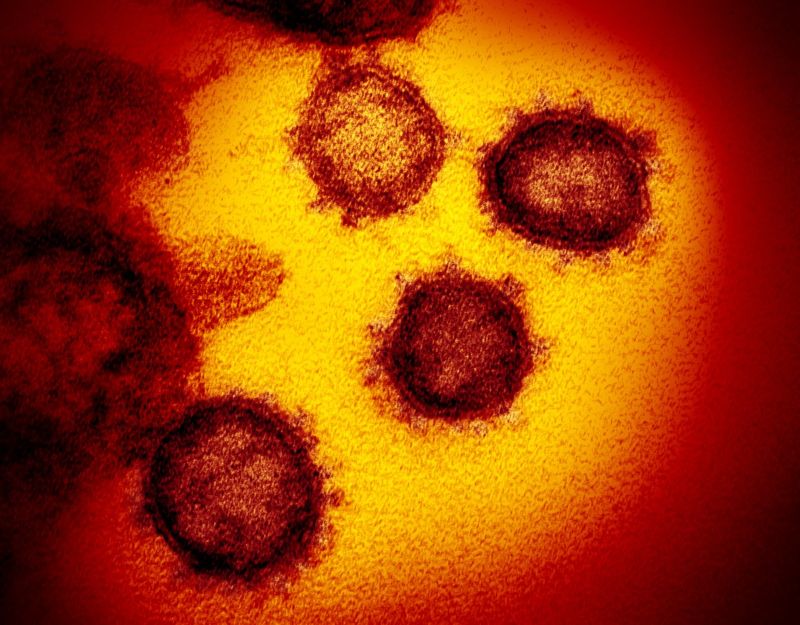
Visit our Covid-19 microsite for the latest coronavirus news, analysis and updates
Follow the latest updates of the outbreak on our timeline.
Research by scientists in China has revealed two different types of coronavirus, indicating that the virus mutated at least once.
Scientists at Peking University’s School of Life Sciences and the Institut Pasteur of Shanghai designated the strains L and S.
The L type was found to be more prevalent and accounted for nearly 70%, compared to the S type at approximately 30%.
Also, the L type was prevalent in the early stages of the outbreak in Wuhan but decreased from early January. Meanwhile, the S type is said to be evolutionarily older and less aggressive.
How well do you really know your competitors?
Access the most comprehensive Company Profiles on the market, powered by GlobalData. Save hours of research. Gain competitive edge.

Thank you!
Your download email will arrive shortly
Not ready to buy yet? Download a free sample
We are confident about the unique quality of our Company Profiles. However, we want you to make the most beneficial decision for your business, so we offer a free sample that you can download by submitting the below form
By GlobalDataAccording to researchers, results indicate that development of variations in the spike present in the novel coronavirus was possibly caused by mutations, natural selection and recombination.
In a statement, the scientists said: “These findings strongly support an urgent need for further immediate, comprehensive studies that combine genomic data, epidemiological data, and chart records of the clinical symptoms of patients with coronavirus disease 2019 (Covid-19).”
However, the team analysed a limited set of data, and follow-up studies are required to understand virus evolution and epidemiology.




